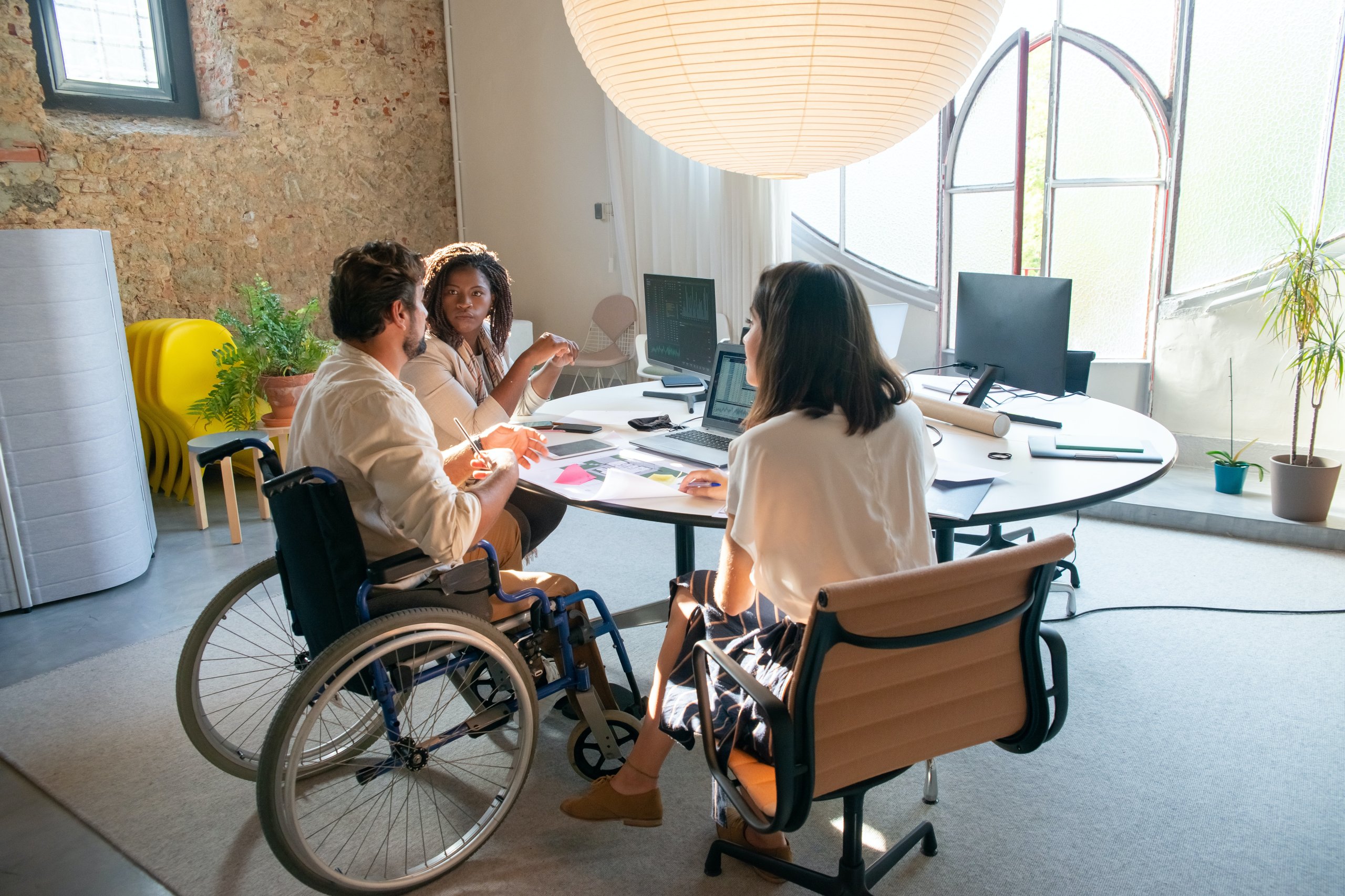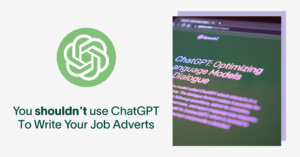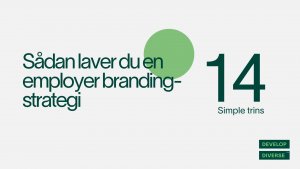Humans have always liked giving things labels — even other people. And when we’re talking DEI, that can lead us into a few snags.
“We have this habit as a society of putting people into simplistic boxes when it comes to their identity,” explains Alex HL Taylor, DEIB researcher and intersectionality specialist at the University of Sussex, UK. “But that does a disservice to the fact that identity can be fluid.”
People can be many different things at the same time. And often, this impacts how we experience everything in the world around us — including our experiences with discrimination, bias, and prejudice.
Understanding how these experiences overlap, or intersectionality, and contribute to how employees feel at work is critical to building more inclusive, diverse organisations.
What is intersectionality, and why is it important?
Often, organisations focus primarily on their diversity metrics when first starting out on their DEI journey. But while this can be illuminating from a workforce composition perspective, it’s not going to help create a more inclusive experience.
This is because diversity can exist independently of inclusion. And to understand inclusion on a deeper level, we need to understand people’s identities, and how they contribute to their day-to-day experiences. To do that, we need to understand how identities overlap — or intersectionality.
“At a fundamental level, intersectionality describes more of the human experience,” says Alex. “It’s understanding that people can belong to multiple, marginalised identity groups, and that these intersecting identities mean that you experience biases and discrimination differently.”
The term ‘identity’ in the context of intersectionality can mean a range of different things, but it’s most usually attributed to primary dimensions of diversity, including gender identity, sexual orientation, disability status, and age. But because how we build our identity can also be a product of our upbringing or social context, intersectionality can also take in secondary identity characteristics, such as educational background, socioeconomic status, or the language we speak.
Intersectionality adds nuance to how we experience the world around us. And because we can exist as multiple different identities simultaneously — like being female, neurodivergent, and Black, for example — it’s important to view how all of these together impact someone’s experiences of bias and discrimination.
Why intersectionality is key for workplace inclusion
Having intersecting identities impacts outcomes for individuals everywhere across the structure of our society, including education, healthcare, and in a judicial context.
In the workplace, it doesn’t just impact who gets the job — it impacts everything from who gets interviewed for it, how they’re treated during the process, and what they experience coming to work each day.
Research backs this up:
- A 2018 study found that women on the autism spectrum reported that it was harder to look for jobs due to embedded gender norms as to the type of role they should aspire to.
- A 2020 study found that Black women and men are strongly underrepresented at a middle- and senior-level management level.
- A 2021 study found that Black men with no college education earn about half the salary of White men.
In the workplace, understanding how different identities can overlap and impact your employee experience is critical for fostering greater inclusion. Instead of discovering you have a gender pay gap, for example, it means you can identify that women employees in your India office are more likely to be underpaid than men. It not only helps you better understand how identity contributes to their experience of your organisation, but also how to find the root causes that are unintentionally furthering discrimination and bias.
“For organisations, trying to understand intersectionality often comes with some fear or anxiety,” Alex says. “It’s hard to realise that you might have unintentionally been perpetuating bias or discrimination without knowing it. But to create more inclusivity in the workplace, we need to start by recognising that we have all, to a certain extent, adopted biases that exist systemically across our society.
“That’s why it’s so important that when organisations get started understanding their own level of intersectionality, they must approach it with some humility and accountability. Being aware is the first step. The next is: What are we going to do about it?”
3 key actions to understand your organisation’s intersectional experiences
When you know how different employees’ identities create their day-to-day experience of your organisation, it helps you create a workplace that fosters belonging.
Understanding these experiences depends on data, psychological safety, and creating sustainable progress through policies and intentional action.
1. Disaggregate your employee data.
Organisations tend to analyse their workforce by one or two dimensions — like the amount of men, women, or different dimensions of diversity. Alex says that to make progress, organisations need to break this data down further.
“When you’re looking at your employee data, you need to break things down — as well as out of the boxes we usually use,” Alex explains. “We often have a tendency to put all marginalised people in one category — for example, by race or as a group, like LGBTQIA+. But when you break down that data, you’re able to see more nuance behind how different people experience their intersecting identities.
“By looking further, you might find out that your Black women employees are experiencing more discrimination and bias, for example. That’s really important to know
Okay, like, You know, like South Asian employees, I kind of progressing but you know, are black Caribbean employees are not like that’s really important to be breaking down. And looking further and seeing like, okay, like our black women employees, you know, Speaking. Yes. Like, you know those are really important metrics to actually be looking at and part of that is not being afraid to look at them and be honest about that.
2. Create safe spaces for employees to share experiences.
Once you have a better understanding of how different identities intersect at your organisation, you’ll need to start finding ways to support different employee populations where identities intersect. In the past, businesses have usually established internal groups that support one employee identity — for example, women’s affinity groups, or ERGs for Black employees.
While these groups can be helpful, they may not be enough to support your employees in their individual experiences of your workplace.
“Often within an organisation, there aren’t enough psychologically safe spaces to talk really honestly about how we experience the workplace with intersecting identities, and that’s a problem,” says Alex. “Even within women’s spaces, for example, it’s not always easy for Brown women to share their experiences openly and honestly.
“Organisations need to work towards encouraging more honest conversations — but the people who are leading them need to do the personal work to be able to facilitate this, and listen to what employees from different identity groups need.”
3. Focus on driving sustainable changes to processes and policies.
Ultimately, understanding your organisation’s intersectionality isn’t an easy, or short-term process. It’s a long-term commitment that’s rooted in creating a better employee experience for everyone.
“You can look at your data, but really, intersectionality is about people,” says Alex. “Fundamentally, we all have a psychological need and desire to be seen. If intersectionality is left out of the conversation, then the most marginalised employees will not be seen.”
As you start understanding more about your employees’ intersectional experience, it’s only natural to want to start fixing your key issues, and making big changes right away. But Alex says that sustainable change, backed by data and an understanding of what your employees actually need is better.
“Digging into your data will help you understand where you need to start, but you could find that what you need to do next feels overwhelming,” Alex says. “Changing your processes to be more inclusive is challenging work, but you need to work towards sustainable change. Understanding how intersectionality impacts your employees’ experience of your workplace — and doing something about it — will always mean you’re pushing against systemic forces.”
Understand the intersectional experience — through language
As organisations get more comfortable with exploring their own level of intersectionality, they’re likely to find some processes where they have unintentionally fallen short on supporting different employee populations.
And whether these instances occur in your recruitment process or beyond, understanding them, and acting on them, will help your organisation advance its DEI efforts and move forward on inclusion.
In the recruitment process, Develop Diverse can help. Develop Diverse is an inclusive communication software that helps organisations spot unintentional bias in their language choices. Backed by peer reviewed research, Develop Diverse highlights biased language in your job adverts and beyond, and indicates how it may negatively impact people from different identity groups.
Find out more by booking a demo with one of our team members.





